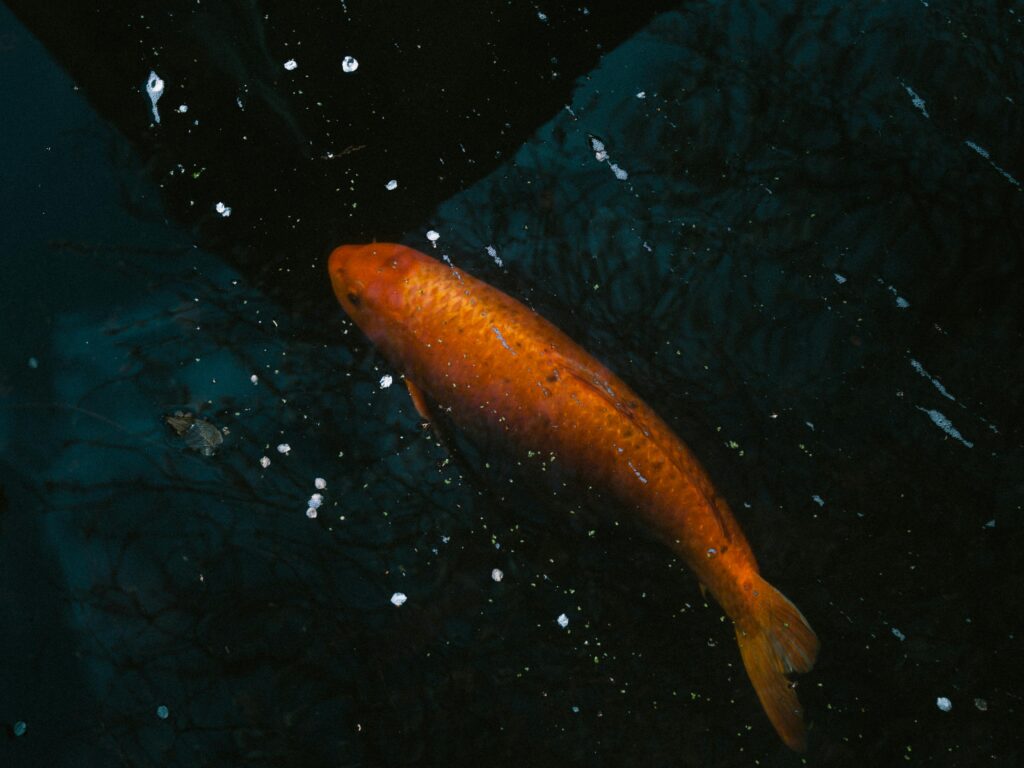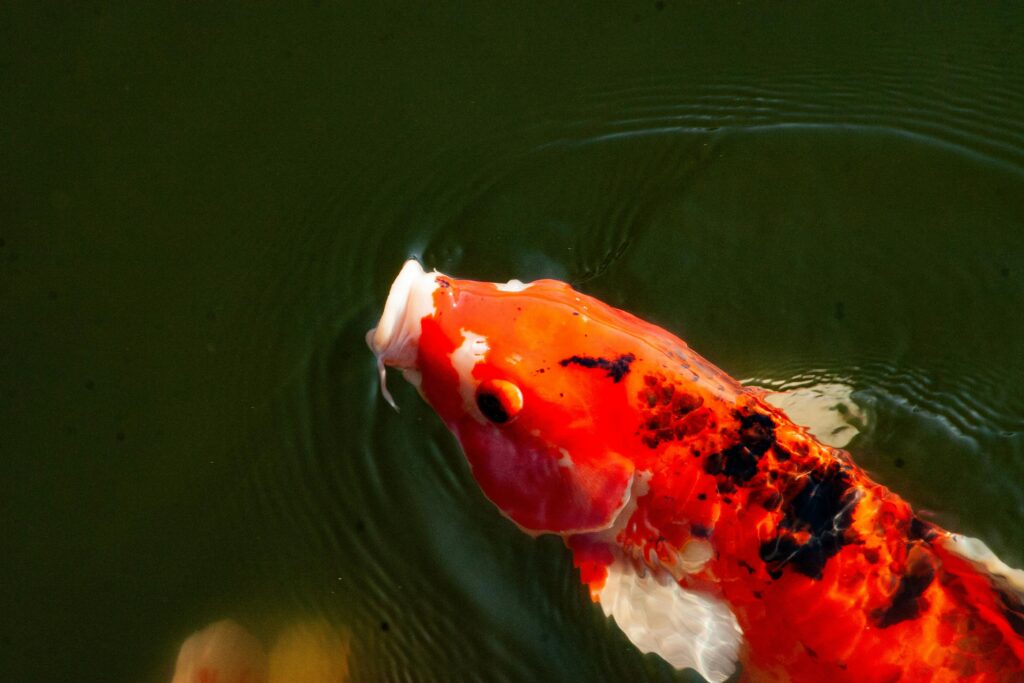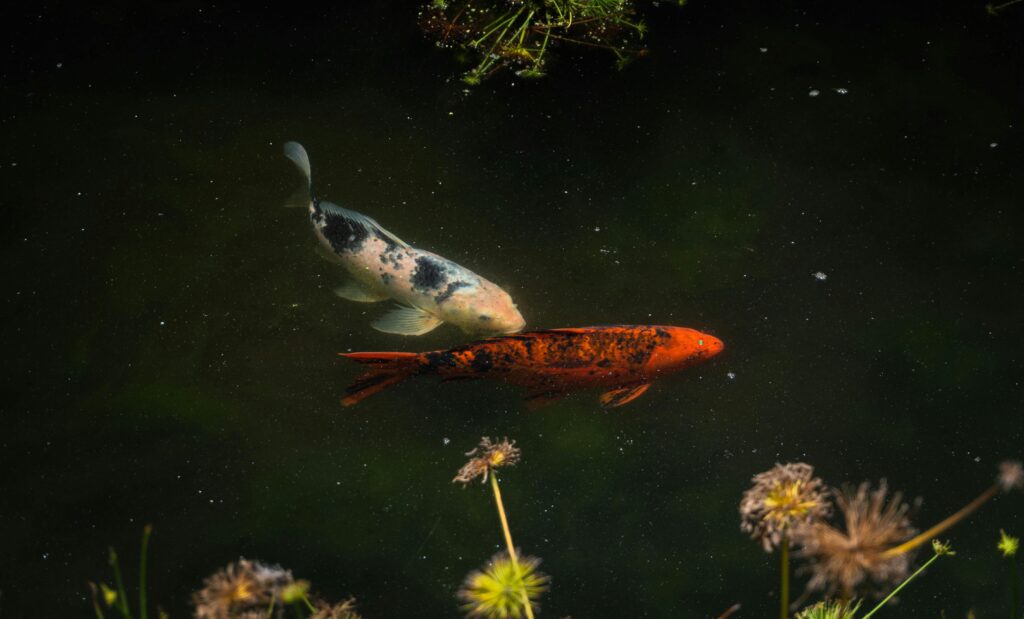Watch – Rare Orange Shark With Ghostly White Eyes Captured in First-of-Its-Kind Sighting

What are the odds of reeling in a shark the color of a traffic cone with eyes as pale as glass? For centuries, the ocean has been called Earth’s final frontier yet even today, it continues to reveal wonders that challenge our imagination. Beneath its restless waves live creatures we rarely see, each carrying secrets that remind us how little we truly know.
Recently, off the coast of Costa Rica, fishermen encountered one of those secrets: a nurse shark glowing
orange like a burning ember, with ghostly white eyes staring back from the deep. To marine scientists, it was more than a strange catch it was a genetic first, a glimpse into how life adapts, survives, and surprises us in the most unlikely of ways.
A Flash of Orange in the Deep
The moment unfolded in waters near Costa Rica’s Tortuguero National Park, where two anglers expected nothing more than a routine day of sport fishing. Instead, the ocean offered them a spectacle so rare it seemed almost otherworldly. From beneath the surface emerged a nurse shark unlike any they—or science had ever seen: its body glowing with a fiery orange hue, its eyes drained of color until they appeared ghostly white.
Nurse sharks are typically draped in earthy shades of brown or gray, a natural camouflage that allows them to blend seamlessly into reefs and sandy seabeds. Camouflage is their survival strategy, a silent cloak against both predators and prey. Yet this shark defied that rule entirely. Measuring over six feet long, it bore no trace of the muted tones of its kin. Instead, it carried the startling brilliance of “albino-xanthism,” a genetic convergence where an overabundance of yellow-orange pigments (xanthism) combines with the absence of melanin (albinism).
First-of-its-kind shark with bright orange skin found in Caribbean https://t.co/loNe0NxJcg pic.twitter.com/jXfXF0uTqI
— Shawn 🇻🇮 (@LivesInThought) August 25, 2025
For scientists, it was more than a striking anomaly. It marked the first scientifically documented case of xanthism in a nurse shark and the first record in any shark in the Caribbean. This encounter was quickly recognized as a milestone, not just for its rarity, but for what it suggests about marine genetics, resilience, and the mysteries still hidden in the sea.
In that flash of orange, the deep had revealed one of its guarded secrets a reminder that even the most familiar creatures can still astonish us, rewriting what we thought we knew about life below the waves.
The Science Behind the Color

Color in the animal kingdom is never an accident. It can mean the difference between life and death camouflage for survival, bold hues for attracting mates, or warning signs to potential predators. So when a shark turns up painted in fiery orange with eyes pale as mist, science pays attention.
This striking nurse shark carried a genetic rarity called albino-xanthism, the convergence of two unusual conditions. Xanthism occurs when yellow and orange pigments overwhelm the natural palette, muting or eliminating browns, blacks, and reds. It’s been seen before in birds like canaries and parrots, in reptiles like snakes and lizards, and even in freshwater fish such as guppies and goldfish. But in sharks especially in the Caribbean it had never been documented until now.
Layered on top of this was albinism, the absence of melanin. In many species, albinism results in pale skin or fur, and light-colored or even red eyes. In this case, it manifested in the shark’s ghostly white eyes, with no visible iris. Each condition alone is rare; together, they are extraordinary.
Scientists note that the cause is usually genetic mutation, but other influences such as diet, environmental stress, or even rising ocean temperatures may sometimes play a role in triggering unusual pigmentation. While these anomalies often raise questions about survival, they also broaden our understanding of what’s possible in nature. Every documented case is not just a curiosity, but a data point one more clue in unraveling the genetic and environmental forces shaping life beneath the waves.
This nurse shark now joins a short list of creatures across the globe that defy expectations of color. Its existence forces marine biologists to revisit long-held assumptions about pigmentation, adaptation, and genetic diversity.
Defying the Rules of Survival

In the natural world, visibility is often a liability. Predators blend into their surroundings to ambush prey, while prey vanish against the background to avoid detection. Nurse sharks are no exception. Their usual brown or gray tones act like armor, concealing them along sandy seabeds and coral reefs where they rest and hunt. Against this rulebook of survival, an orange body with white, iris-less eyes should have been a death sentence.
Yet this particular shark reached adulthood, growing over six feet long a clear sign that it fed, hunted, and avoided predators successfully despite standing out. Its survival challenges the assumption that pigmentation anomalies are always fatal handicaps. How did it manage to thrive in an environment that prizes camouflage?
Scientists point to the shark’s lifestyle. Nurse sharks are nocturnal benthic feeders, spending much of their time on the seabed and emerging to hunt at night. Crustaceans, mollusks, and small fish its usual prey rely more on movement and opportunity than on the predator’s color. By operating in low-light conditions and hugging the ocean floor, the orange nurse shark may have minimized the disadvantages of its conspicuous hue.
Another factor lies in its biology. Unlike many shark species that must keep swimming to breathe, nurse sharks can pump water over their gills while resting. This adaptation allows them to spend long hours motionless on the seabed, reducing exposure in open water where bright coloring would make them vulnerable.
What seemed at first like a glaring weakness instead became an example of resilience. This shark’s survival demonstrates that adaptation is not always about blending in it can also be about finding a way to live fully with what sets you apart.
Lessons from the Deep

The ocean has always been a teacher, revealing truths about survival, balance, and resilience. This orange nurse shark is more than a rare specimen it is a living metaphor. In a world where camouflage is often the key to survival, it thrived while standing out. What scientists see as a genetic anomaly, we might also see as a reminder: difference does not always mean disadvantage.
Nature is filled with examples of unexpected adaptations. Traits that appear to be liabilities in one context can become manageable or even beneficial in another. For this shark, its bright coloring did not prevent it from hunting, feeding, or reaching maturity. It found ways to survive on its own terms.
For us, the lesson is strikingly familiar. Society often encourages conformity, telling us to blend in, to play it safe, to follow the patterns that seem to offer protection. Yet history is full of individuals who thrived not by hiding their uniqueness, but by embracing it scientists who challenged dogma, artists who broke convention, leaders who stood out in moments of crisis.
As marine biologist Sylvia Earle once said, “With every drop of water you drink, every breath you take, you’re connected to the sea.” The deep is not separate from us; it reflects back truths we need to hear. Just as the shark shows us that life can endure beyond expectation, we too are reminded that resilience is not about being invisible it is about adapting, even when you are seen.
Why These Discoveries Matter

The orange nurse shark’s story is not only about genetics it’s about perspective. For scientists, such anomalies are precious data points. Each sighting expands our understanding of biodiversity, revealing how species adapt, how genetic variations emerge, and what survival truly looks like in challenging environments. This case was published in the journal Marine Biodiversity, marking the first scientifically documented record of xanthism in a shark in the Caribbean Sea a milestone for marine science.
But discoveries like this are rarely made by researchers alone. In this case, it was fishermen who first noticed the shark’s unusual coloring, photographed it, and shared their find. Their curiosity and willingness to report the sighting turned a fleeting moment into a permanent contribution to science. This is the quiet power of citizen observation: every diver, angler, or traveler who documents the unexpected can help illuminate the mysteries of the natural world.
There is also a conservation lesson here. Sharks face mounting pressures from overfishing, habitat degradation, and climate change. Genetic diversity the very trait that made this shark so unusual is essential for species to adapt and survive in a changing ocean. Protecting marine ecosystems ensures that anomalies like albino-xanthism are not erased before they are even discovered.
Beyond the science, this sighting calls us to wonder. If a six-foot orange shark can remain hidden until now, what else might the oceans be holding back? How many colors, forms, and stories lie undiscovered beneath the waves? Each new revelation is a reminder that the sea is still writing chapters we haven’t read, and that our role is to keep those stories alive.
Standing Out, Surviving, and Surprising Us
The orange nurse shark is more than a curiosity it is a symbol. It reminds us that life often refuses to follow the rules we write for it. In an environment where invisibility is survival, this shark endured by being impossible to ignore. Its very existence challenges our assumptions, urging us to reconsider what we label as weakness, flaw, or anomaly.
The ocean is vast, holding mysteries beyond our imagination. Each rare sighting teaches us not only about biodiversity, but about ourselves: that resilience often comes from embracing what sets us apart, and that the unknown is not something to fear, but to protect.
As guardians of this planet, we share responsibility for these hidden worlds. Supporting conservation efforts, reducing our impact on the seas, and cultivating curiosity in the face of the unknown ensures that wonders like this shark will continue to emerge.
And perhaps that is the deeper lesson: the rarest discoveries often appear when we least expect them—shocking us, humbling us, and reminding us that difference is not a hindrance, but a vital thread in the fabric of life. Sometimes, the brightest color in the room is not the one fading, but the one teaching us how to truly endure.
Loading...

